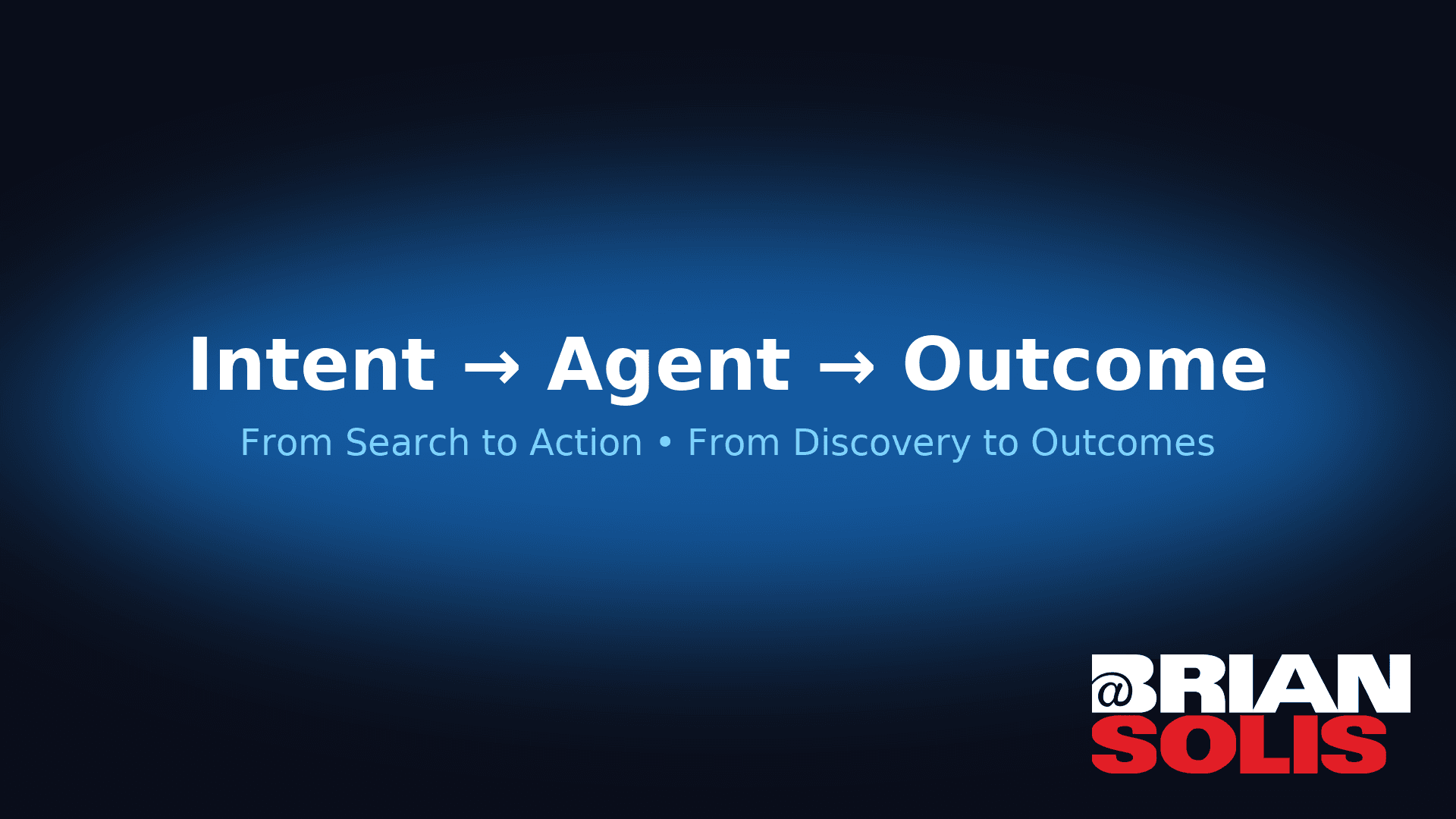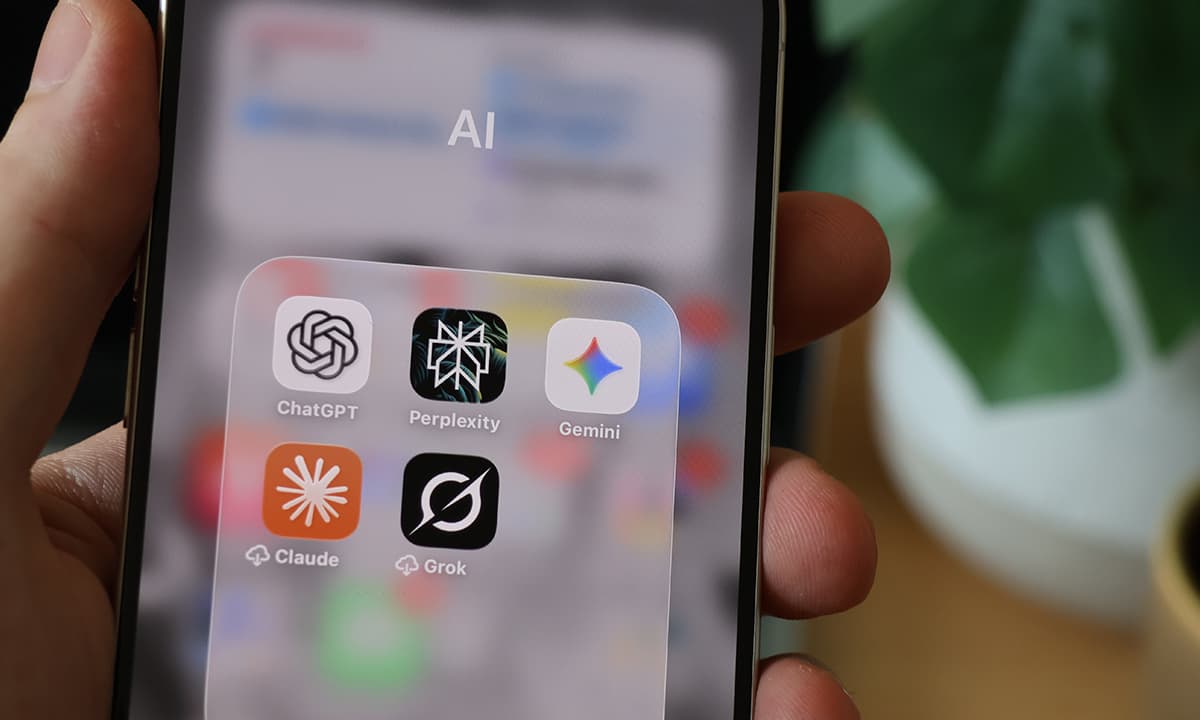Weaving a Web of Agents: ChatGPT Atlas Turns Search into Action and Discovery into Outcomes

Original Article Summary
I haven’t written about a browser since the early 2000s. We are about to change how we discover, decide, and do things on the web again. And the very purpose of the web is shifting. For decades, the web was built for humans clicking links. The next era is bei…
Read full article at Briansolis.com✨Our Analysis
Brian Solis' introduction of ChatGPT Atlas, which turns search into action and discovery into outcomes, marks a significant shift in how users interact with the web. This development is expected to revolutionize the way people discover, decide, and take action on the web, moving beyond the traditional link-clicking model. For website owners, this means that the way they design and optimize their websites will need to adapt to this new era of agent-driven interactions. With ChatGPT Atlas, users will be able to take actions directly from search results, potentially bypassing traditional website navigation. This could impact website traffic patterns, as users may no longer need to visit a website to complete a task. Website owners will need to consider how their content and user experience will be integrated with agent-based systems like ChatGPT Atlas. To prepare for this shift, website owners should take the following steps: review their website's API and integration capabilities to ensure seamless interaction with agent-based systems, update their llms.txt files to reflect the changing landscape of AI bot traffic, and consider optimizing their content for agent-driven discovery and action. By taking these steps, website owners can position themselves for success in a web ecosystem that is increasingly driven by AI-powered agents.
Related Topics
Track AI Bots on Your Website
See which AI crawlers like ChatGPT, Claude, and Gemini are visiting your site. Get real-time analytics and actionable insights.
Start Tracking Free →
.jpg&w=3840&q=75)
